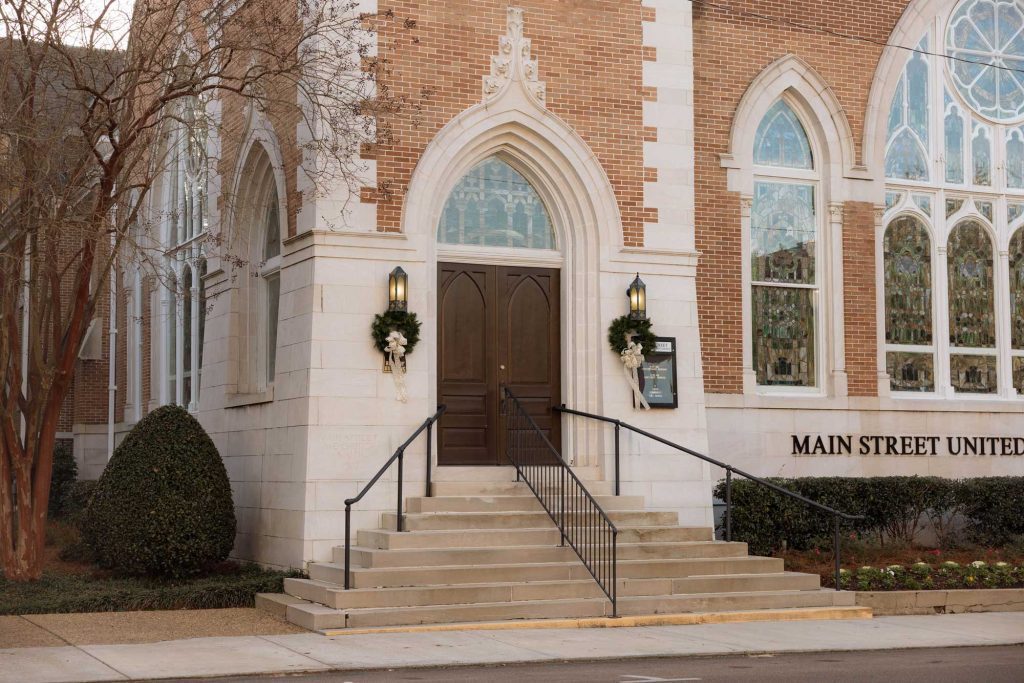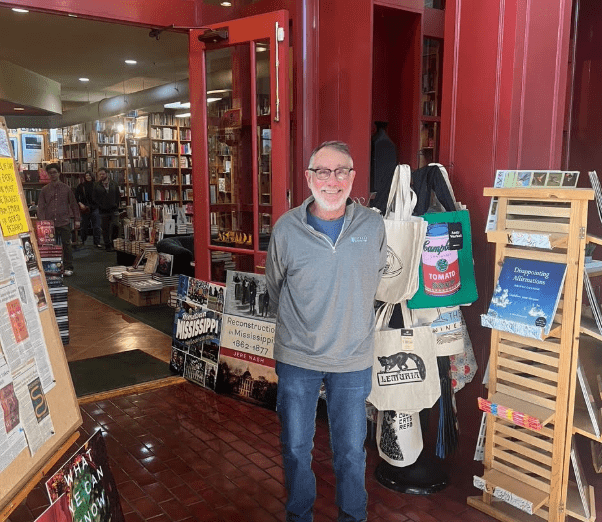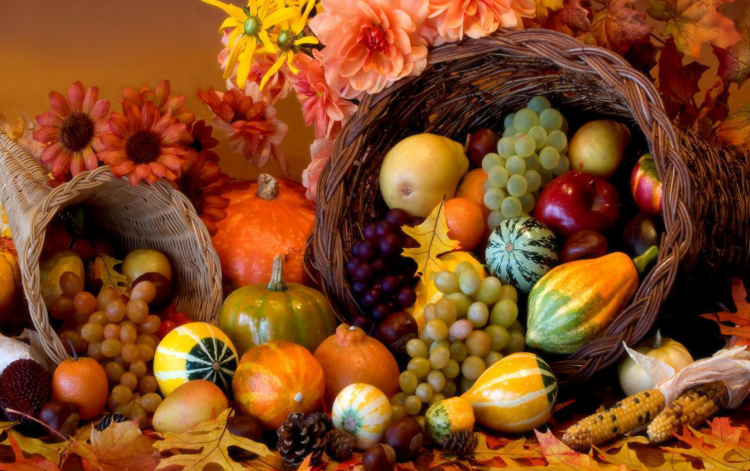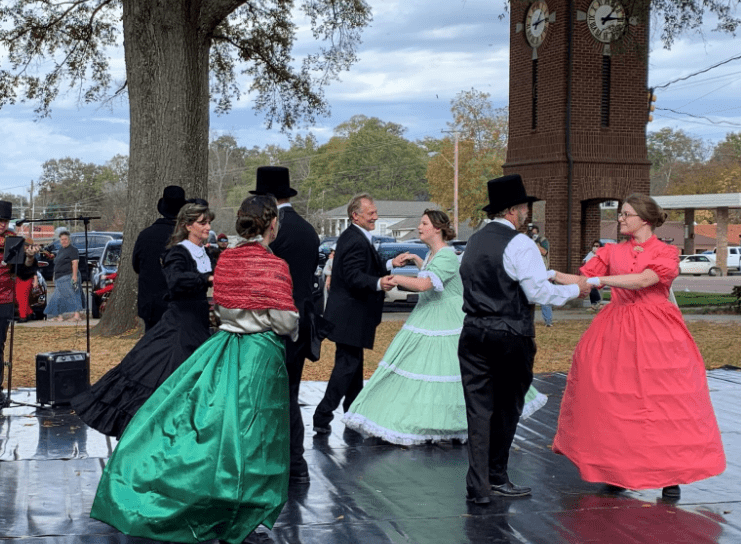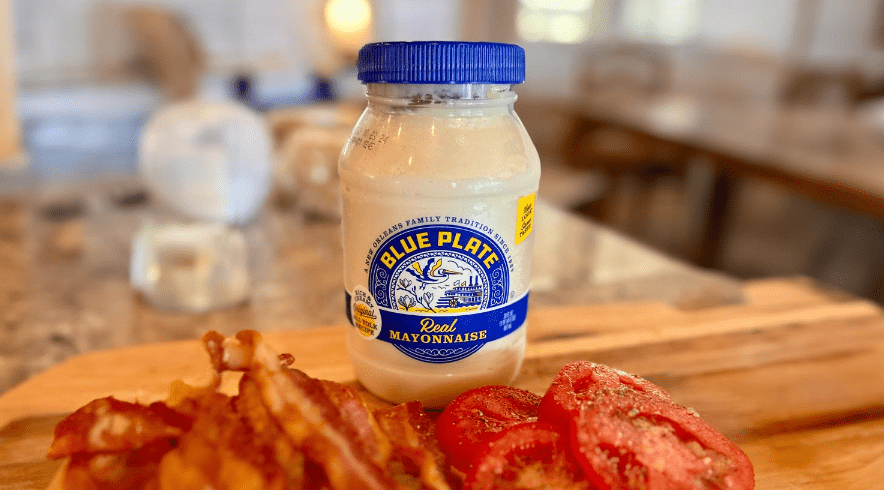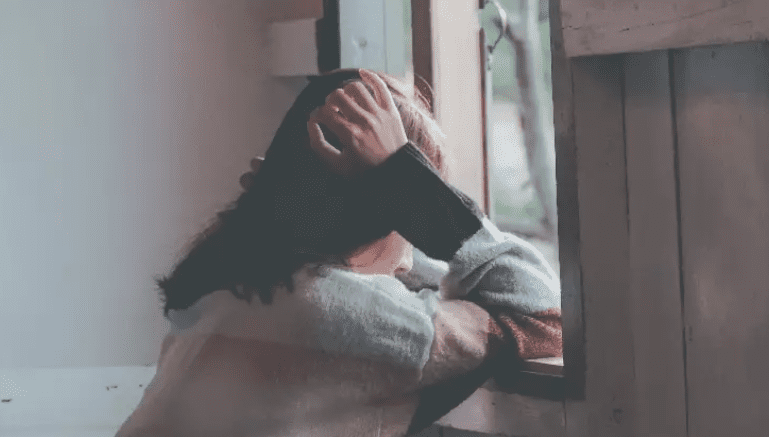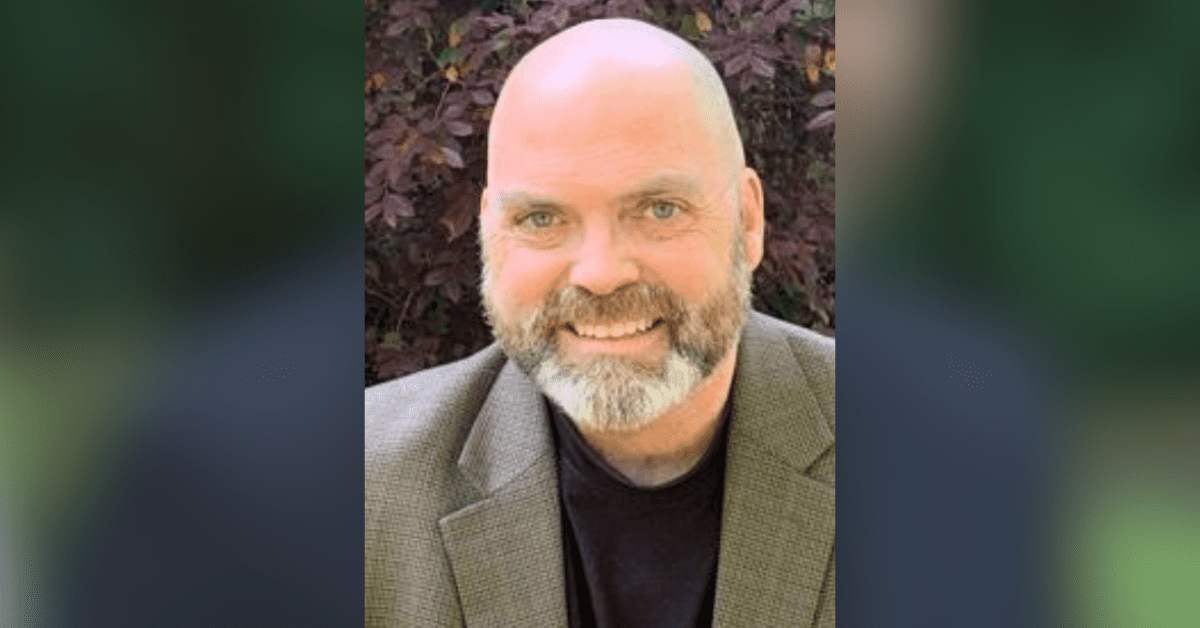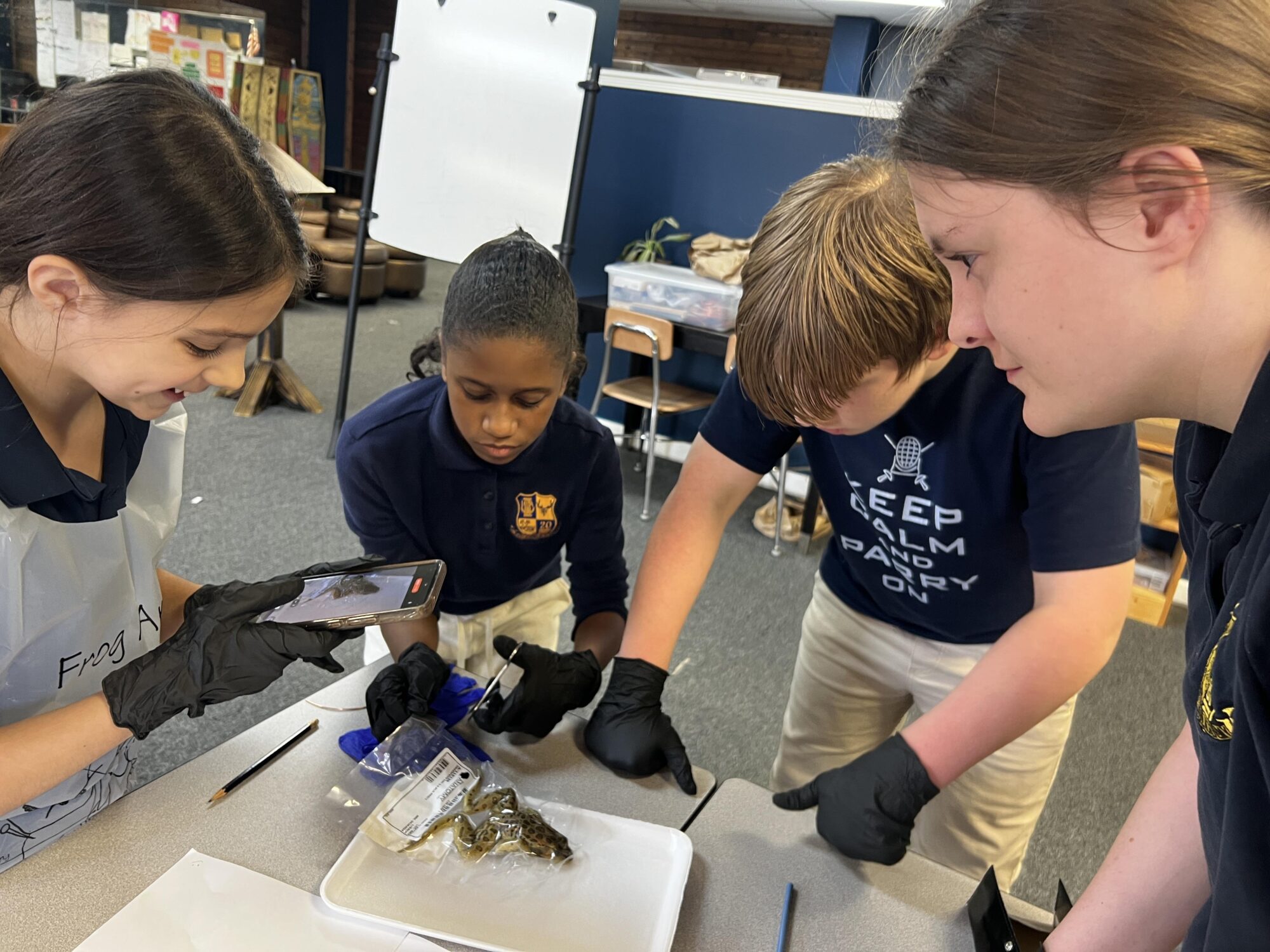
- Medley explores people and places related by the shared space of the unique business model of convenience store, gas station, and original cuisine.
Kate Medley, Jackson native and author of Thank You, Please Come Again, presents a solo photographic exhibit at the Mississippi Museum of Art through June 23. The young photojournalist, now a Durham, North Carolina resident, frequently accepts assignments from The New York Times, The Wall Street Journal, and National Public Radio.
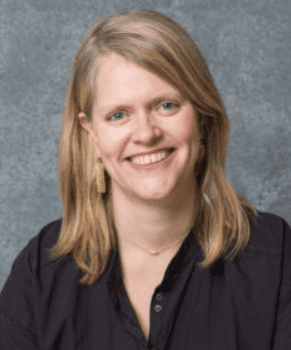
Rich in the manner of a pictorial documentary, the 22 photographic prints in her show are excerpts from her coffee table book, the result of her ten-year trek across the rural American South. Her photographs explore people and places in small communities, diverse in race, socio-economic status, and interests but strangely related by the shared space of the unique business model of convenience store, gas station, and original cuisine.
Call it unity in diversity. In Kate’s words, “In an increasingly divided America, where our politics are polarized, our economics stratified, our neighborhoods segregated, and our rhetoric strained, still nearly everyone passes through these same commercial spaces on a regular basis. We hold the glass door for one another, rub elbows at the lunch counter, share conversation and ketchup. It’s unique. And something to celebrate.”
Kate is emphatic that some of the most delicious food ever to cross her lips came from a grill in the back of a Circle K or a Texaco gas station. Cajun, Mexican, Senegalese, or Southern soul food — she has sampled it all by opting for the gas station menu above the ubiquitous fast food franchise.
Kate attributes her interest in photography to her childhood memories of watching her dad enjoy taking pictures with an “old Pentax with black and white film. I found that so interesting, and when I got older, I took a photography class at Millsaps taught by Kay Holloway.”
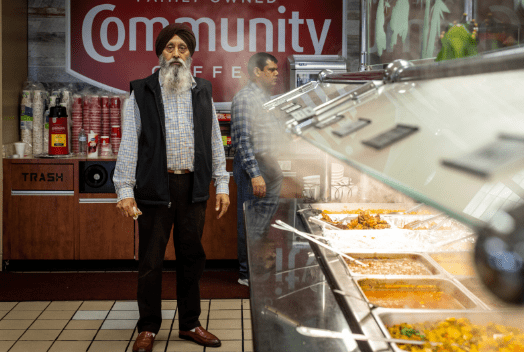
Kay set her students free to take pictures of anything and everything and to go wherever their hearts led. The only rules were no cats and no cemeteries. Kate recalls her dad behind the wheel as they traversed the most rural parts of Warren and Hinds counties. She might see someone sitting on a dilapidated porch beside a random asphalt road and ask her dad to stop. He did not leave his post. It was all up to Kate.
She learned to approach a stranger, explaining that she was learning to take pictures and then request their collaboration in taking a photo. Never mind that she was apparently born an extrovert. With two older brothers, she learned to sink or swim early on.
A product of Jackson Public Schools through tenth grade, Kate attended the Mississippi School of Math and Science during her junior and senior years of high school. All those influences exposed her to many people whose race, values, beliefs, goals, and backgrounds were quite different from hers. She counts every experience as a plus. She embraces almost everybody with a “Hi. I’m Kate. Who are you? Tell me about yourself.” But that is not fake. She means it.
Kate graduated from the Mississippi School of Math and Science in 1999. She was 18, wide-eyed, thinking she knew much more than she probably did, and eager to move as far away from the South and Mississippi as possible.
One summer in high school, she worked at Glacier National Park in Montana and decided that might be just the place to embark on an adventure removed from the complicated South. She enrolled at the University of Montana, delighted to discover a strong journalism department.
Imagine her surprise when she discovered that Keith Graham, the head of the photojournalism department, was a graduate of Murrah High School in Jackson, Mississippi, and Jerry Brown, the dean of the entire journalism school, was an Alabama native and an Auburn graduate.
Twenty-five years later, Kate’s perspective on her region has mellowed and become more nuanced. She says, “It takes leaving home and leaving the state and leaving the region to form ideas about what the South really is.”
The unique culture intrigues her more than angers her these days. Like the great Southern writers and journalists who came before her, the South holds a tension between a weird love/hate relationship. The tension births a lifelong sense of creativity for many.
Don’t stereotype her people. Kate’s photos give you a glimpse of heart, soul, and grit. For instance, there is much to appreciate behind the façade of a flat Delta landscape with a two-pump gas station and a sign advertising snacks, ice, beer, groceries, gas, and oil. It may look sad and forlorn, but there are people there who serve the public with a song, a smile, and a sincere, “Thank you, Please come again.”

A plus if you buy the book is the foreword by New York times best seller and many award-winning Kiese Laymon (pronounced Key-essay), also a Jackson, Mississippi native. When Kate told her publisher she wanted Kiese to write the foreword, her publisher tried to tell her gently that there was no way he would do that for a first-time author.
Kate never had a Plan B. She was bold enough to ask, saying, “I felt the foreword needed to be a voice different from my own, not white, who knows the subject matter uniquely.”
When she explained her vision and the “why” of the book to Kiese, he said, “Yes” immediately. His opening essay is rich with sensory words, so real you can feel, smell, and experience those rustic wonders of gas stations, groceries, and food that was homemade with pride and humble perfection. His extraordinary storytelling makes the reader think he, too, has been to the Jr. Food Mart in Forest, Mississippi.
If there’s one thing Kate beautifully demonstrates in her realistic photos, it is this: the South in 2024 is not monolithic. But there is heart and soul in all shapes and sizes and colors. She nails it. By all means, discover Kate Medley’s work.
The book that accompanies the exhibit can be purchased in the MS Museum of Art gift shop, or online at The Bitter Southerner.
